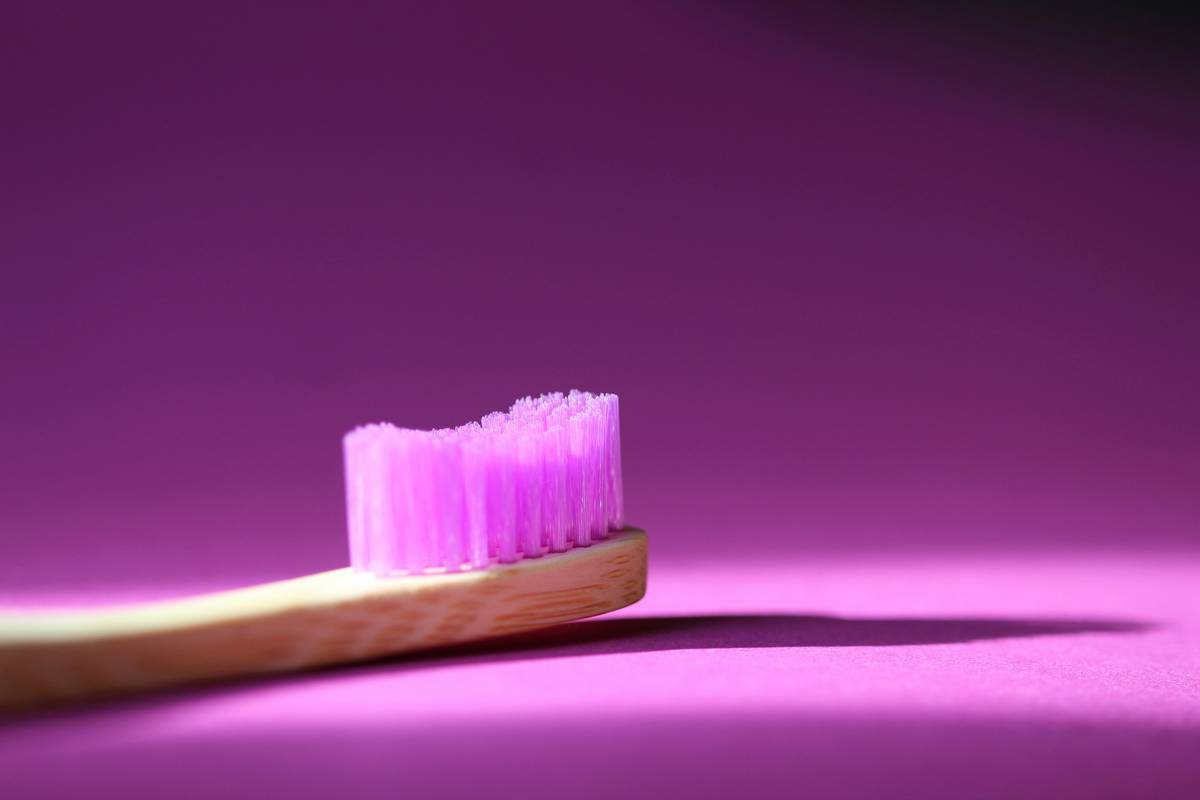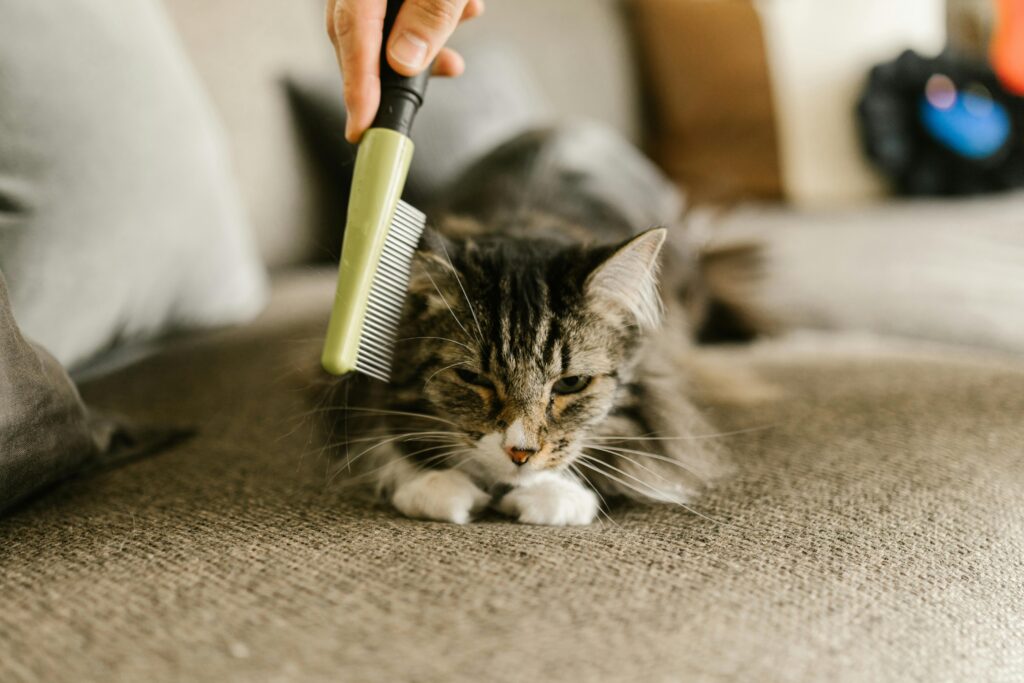Ever spent hours brushing your pet only to end up with fur still flying everywhere? Yeah, us too.
Pet grooming can feel like wrestling a tumbleweed sometimes—but it doesn’t have to. Enter the dense bristle brush, the unsung hero of pet care. In this post, we’ll cover why this grooming tool is a game-changer, how to use it effectively, and tips for finding the best one for your furry friend. By the end, you’ll be armed with all the knowledge you need to keep your pet’s coat smooth, shiny, and tangle-free.
Table of Contents
- The Problem with Ordinary Brushes
- Step-by-Step Guide to Using a Dense Bristle Brush
- Best Practices for Pet Grooming
- Real-Life Success Stories
- FAQs About Dense Bristle Brushes
Key Takeaways
- A dense bristle brush removes loose fur more efficiently than traditional brushes.
- Proper technique ensures a stress-free grooming session for both you and your pet.
- Investing in high-quality tools pays off in long-term pet health and happiness.
The Problem with Ordinary Brushes
Let me tell you about the time I tried to groom my golden retriever, Max, using some cheap plastic brush I found at a discount store. Picture this: whirrrr (yes, that’s what frustration sounds like). After an hour, his coat looked worse, and my living room resembled a snowstorm of dog hair. What went wrong? That flimsy brush simply couldn’t handle the thick undercoat Max sports during shedding season.
This is where the magic of a dense bristle brush comes into play. Unlike regular brushes, these are designed with tightly packed, durable bristles that reach deep into your pet’s coat without irritating their skin. They’re perfect for managing shedding, detangling knots, and even distributing natural oils for a healthier shine.
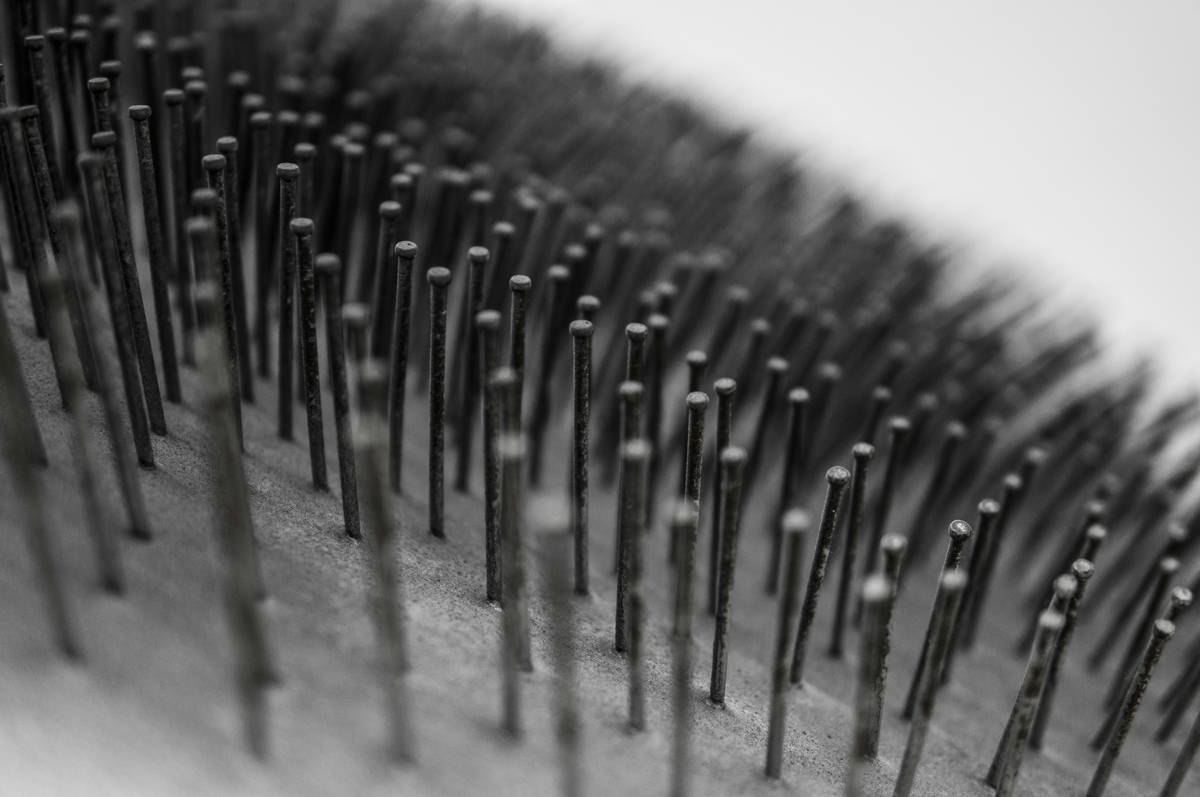
Step-by-Step Guide to Using a Dense Bristle Brush
- Choose the Right Brush: Not all dense bristle brushes are created equal. Look for one made from natural materials like boar bristles for pets with sensitive skin or synthetic fibers for tougher coats.
- Start Slow: Begin by gently stroking your pet’s back to get them used to the sensation. Pro tip: Pair this with treats—it’s chef’s kiss for reducing anxiety.
- Work in Sections: Divide your pet’s coat into sections (think parting hair) and focus on one area at a time. This prevents missing spots and minimizes discomfort.
- Comb Out Tangles: For stubborn mats, use a wide-toothed comb before switching to the dense bristle brush to finish smoothing.
- Reward Your Pup: End each session with praise or a treat. Positive reinforcement makes grooming less grumpy—and yes, it works!
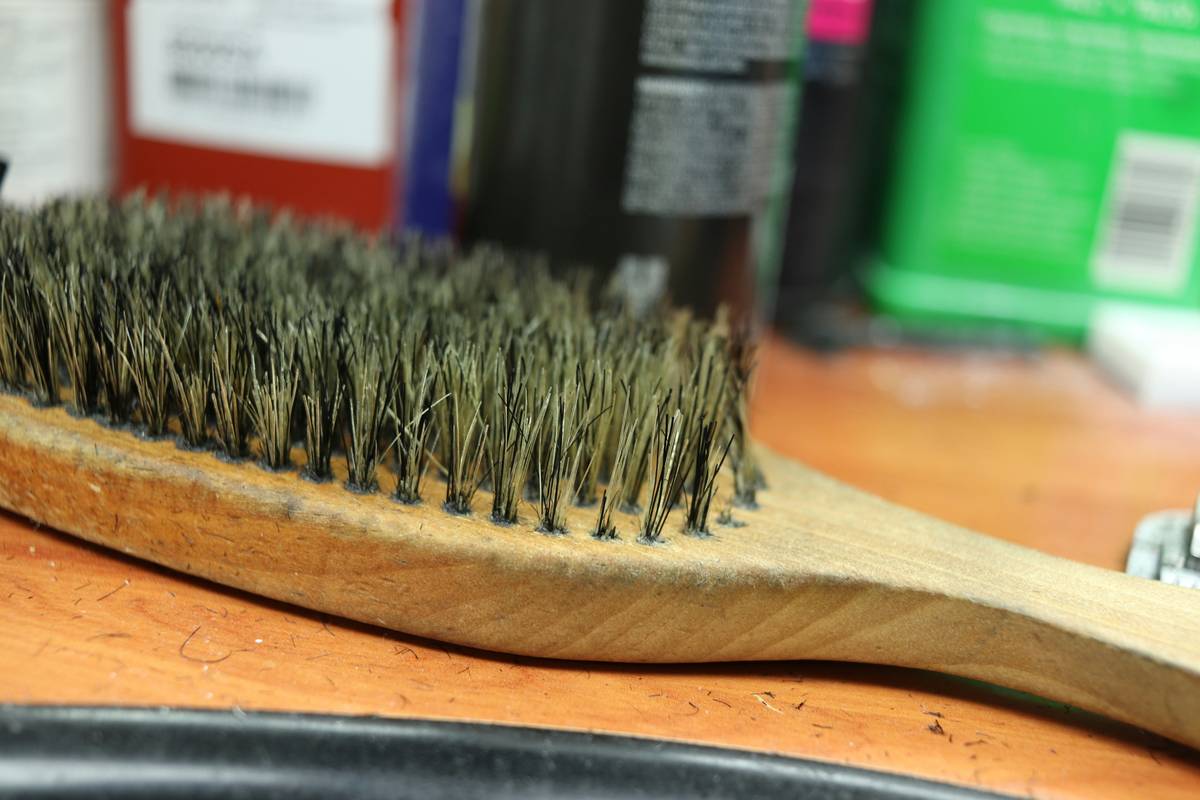
Best Practices for Pet Grooming
Here’s the deal: while a dense bristle brush is amazing, there are pitfalls to avoid. Let Optimist You say, “Follow these tips!” But Grumpy You might respond, “Ugh, fine—but only if coffee’s involved.”
- Terrible Tip Alert: Never skip checking for underlying skin issues. If your pet has red patches, consult a vet first. A brush won’t fix medical problems!
- Clean your brush regularly. Dirty tools spread bacteria—gross, right?
- Stay consistent. Groom once or twice a week instead of cramming sessions together. Consistency = fewer tantrums from your pup.
- Adjust pressure based on your pet’s coat type. Too much force can irritate sensitive skin.
Real-Life Success Stories
Take Sarah, a fellow pet parent who swore she’d never master grooming her Persian cat, Luna. Her breakthrough came when she switched to a dense bristle brush specifically designed for cats. Within weeks, Luna’s coat transformed from matted chaos to luscious silk. Plus, Sarah saved a fortune on professional grooming costs.
Similarly, John adopted a rescue dog named Daisy who had severe matting. He followed our step-by-step guide above religiously. Fast-forward three months, and not only does Daisy look stunning, but she also seems calmer and happier thanks to reduced shedding and irritation.
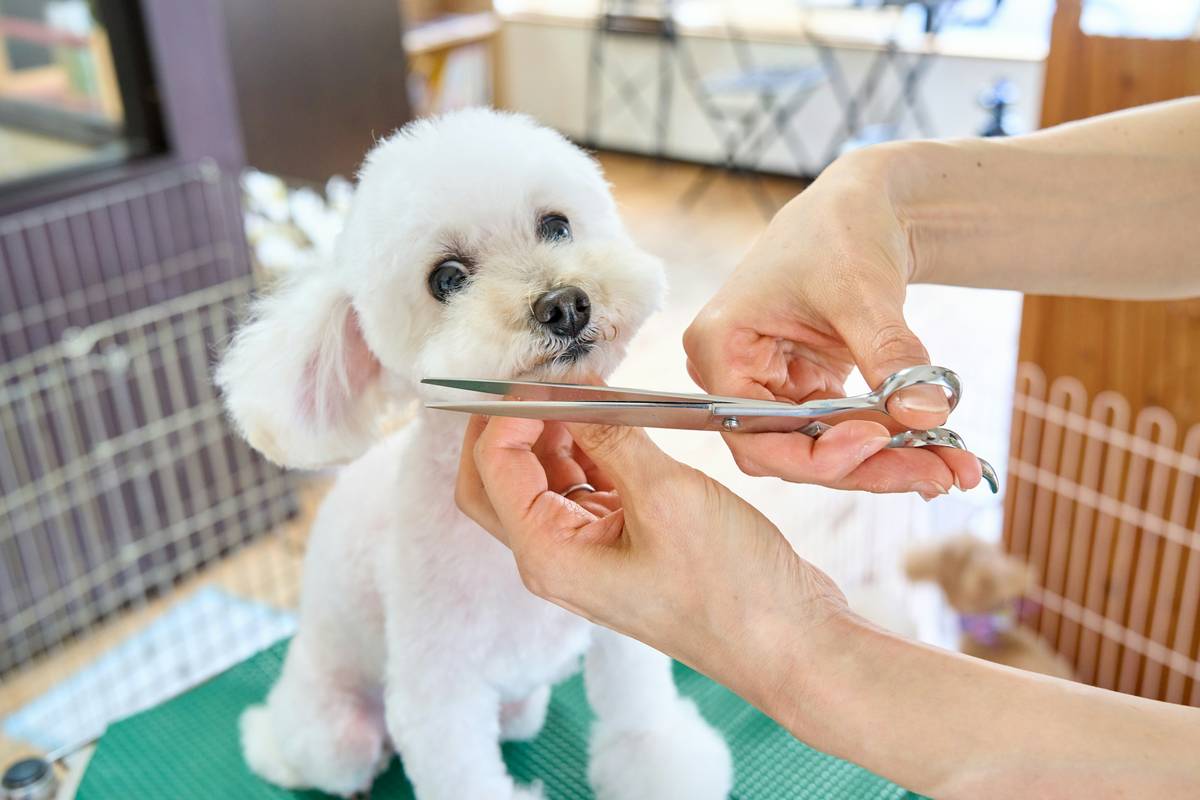
FAQs About Dense Bristle Brushes
- What makes a dense bristle brush better than other brushes?
- The tightly packed bristles penetrate deeper into the coat, removing more loose fur and preventing tangles effectively.
- Can I use a dense bristle brush on any pet?
- While versatile, they work best on medium to long-haired pets. Short-haired animals may benefit more from rubber grooming mitts.
- How often should I clean my brush?
- Clean it every 2–3 uses. Use warm water and mild soap to remove trapped fur and debris.
Conclusion
Grooming your pet shouldn’t feel like battling a hairy monster—it should be a bonding experience. With the right tool, like a top-notch dense bristle brush, you’ll conquer shedding seasons, banish tangles, and leave your buddy looking salon-fresh. Remember: consistency, gentle hands, and maybe a sprinkle of patience (and treats).
Like a Tamagotchi, your pet’s coat needs daily care. So grab that brush, channel your inner optimist, and give your furry friend the TLC they deserve.
